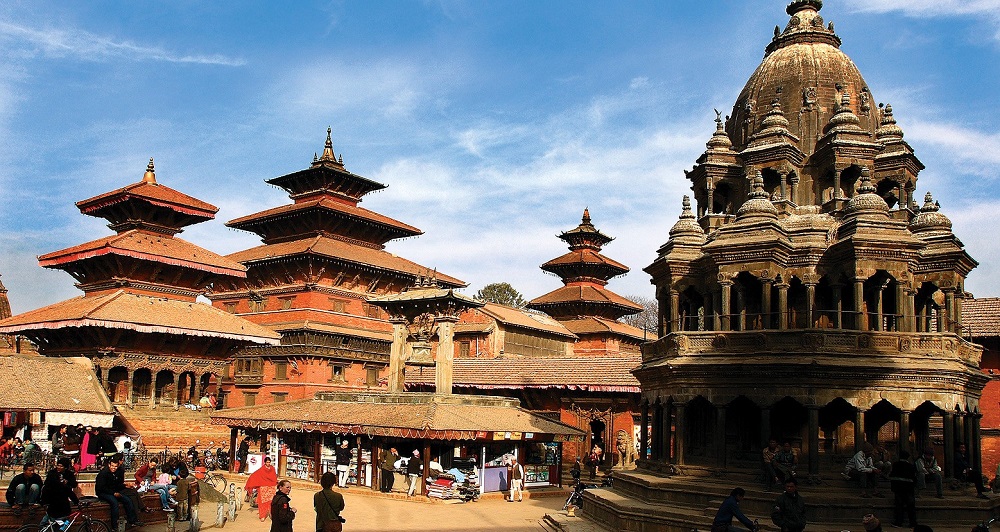All you need to know about Patan Durbar Square
Patan Durbar Square is a captivating historical and cultural site, also a UNESCO World Heritage Site, located in Lalitpur, Nepal. It was once the royal palace complex of the Malla kings, who ruled over the region during the medieval period. The square is a true testament to the architectural brilliance and artistic heritage of the Newar people.
Patan Durbar Square, also known as Lalitpur Durbar Square, is a complex that served as the royal palace of the Malla kings who ruled over the city of Patan during the medieval period. It is a testament to the architectural and artistic brilliance of the Newar community, who were renowned for their craftsmanship and played a significant role in shaping the cultural heritage of the region.
Spread across a substantial area, Patan Durbar Square consists of various palaces, temples, courtyards, and shrines. The square is a vibrant blend of Hindu and Buddhist architectural styles, reflecting the harmonious coexistence of these religions in Nepal.
The focal point of the square is the Patan Museum, housed within the palace building. The museum displays an impressive collection of religious artifacts, ancient sculptures, traditional artworks, and historical objects, providing visitors with a comprehensive understanding of the rich cultural heritage of the region. It offers a unique glimpse into the history, art, and lifestyle of the Malla kings and the Newar community.
One of the most iconic structures within Patan Durbar Square is the Krishna Mandir, a magnificent stone temple dedicated to Lord Krishna. Renowned for its intricate carvings and ornate metalwork, the temple is considered a masterpiece of stone architecture in Nepal. It is a vibrant and active place of worship and a site of cultural and religious celebrations.
Another notable structure is the Golden Temple, also known as Hiranya Varna Mahavihara. This Buddhist monastery features a stunning golden facade and houses a remarkable statue of Lord Buddha. The temple's architecture and artwork reflect the skill and craftsmanship of the Newar artisans.
The Sundari Chowk, a courtyard within the palace complex, is a stunning architectural marvel. It was built by King Siddhi Narsingh Malla and is known for its exquisite wooden balconies and intricate carvings. The courtyard serves as a peaceful oasis and is often used for cultural events and performances.
Throughout Patan Durbar Square, you'll find numerous smaller temples, shrines, and statues. These intricately carved stone structures depict various deities, celestial beings, and scenes from Hindu and Buddhist mythology. They add to the sacred and spiritual atmosphere of the square and serve as focal points for religious devotion and rituals.
While Patan Durbar Square faced significant damage during the 2015 earthquake, restoration efforts have been ongoing to preserve and rebuild the heritage structures. The square continues to be a vibrant cultural center, hosting festivals, religious ceremonies, and artistic events that showcase the rich cultural traditions of Nepal.
A visit to Patan Durbar Square is a mesmerizing journey through time and an opportunity to appreciate the intricate craftsmanship, architectural splendor, and spiritual significance of Nepal's ancient capital. It allows visitors to immerse themselves in the vibrant culture, history, and religious traditions that have shaped the city of Patan and its people for centuries.




.jpg)



